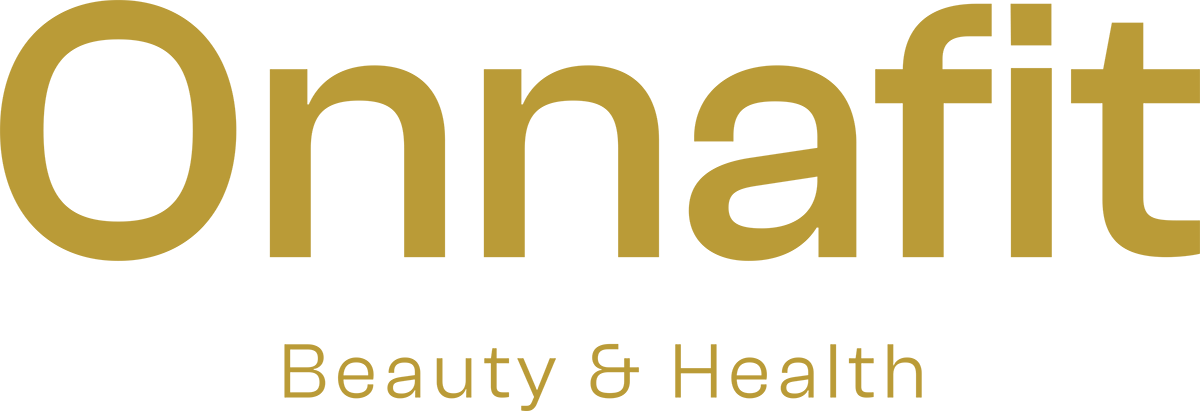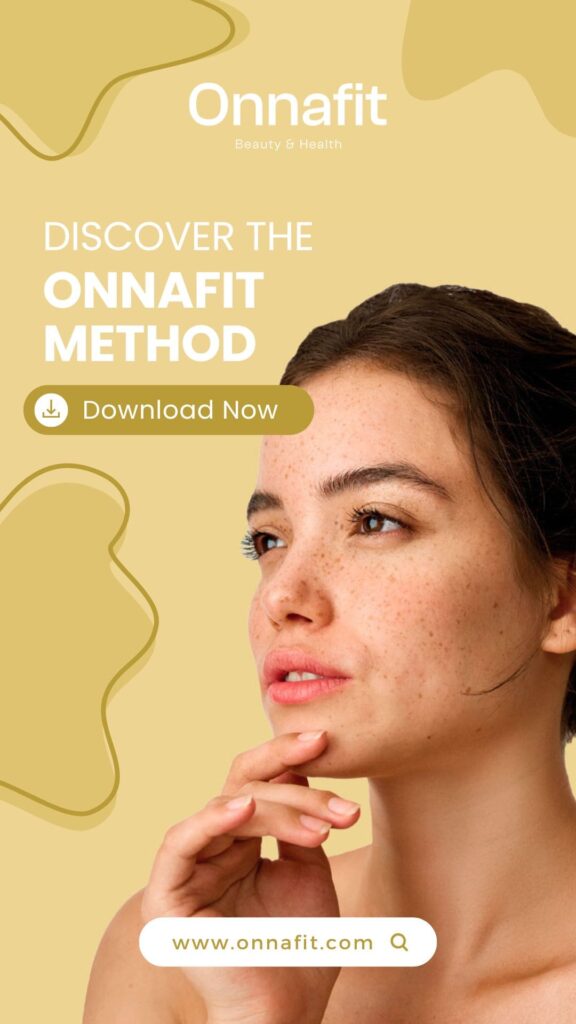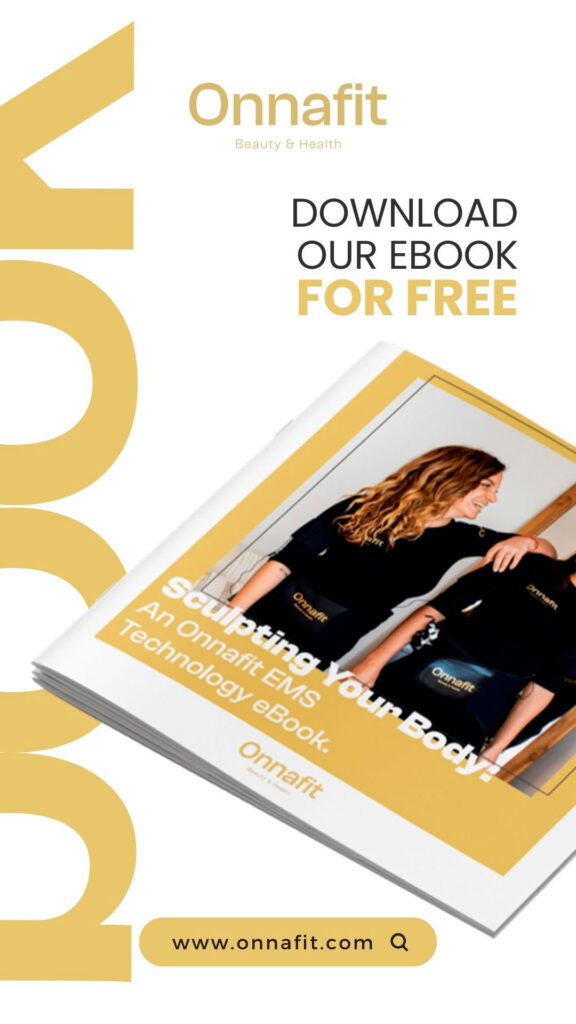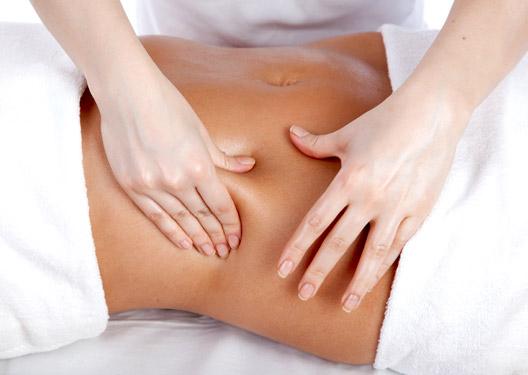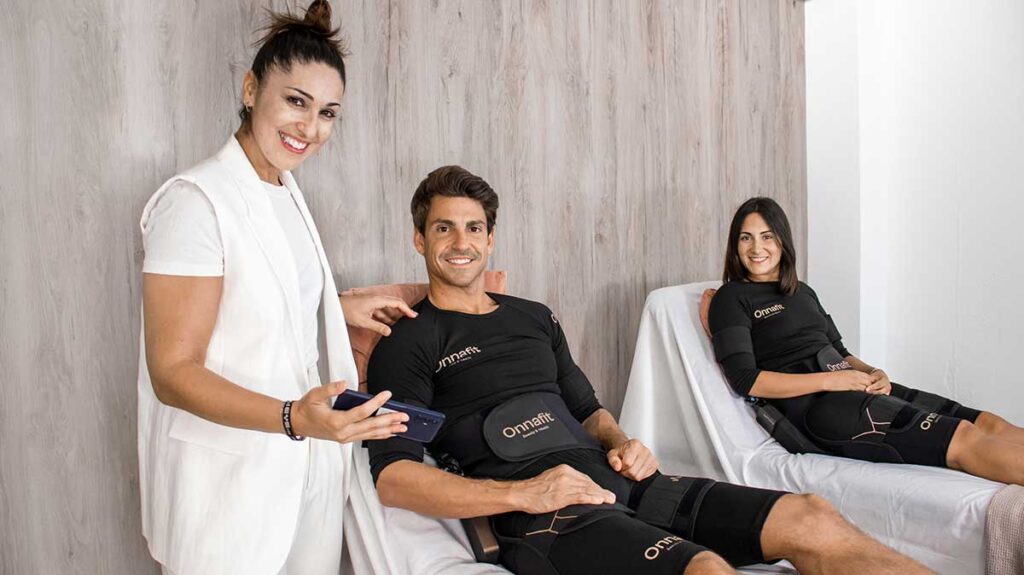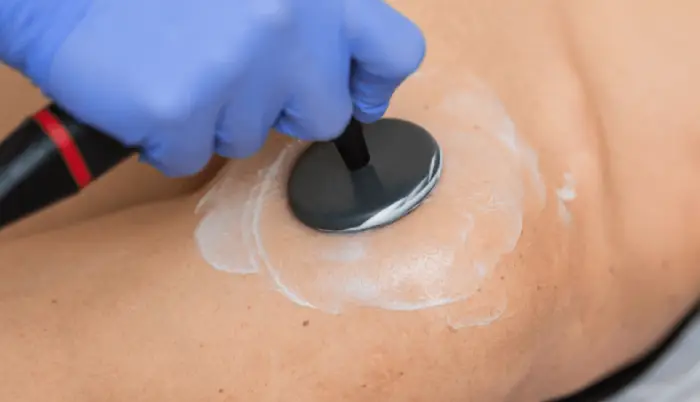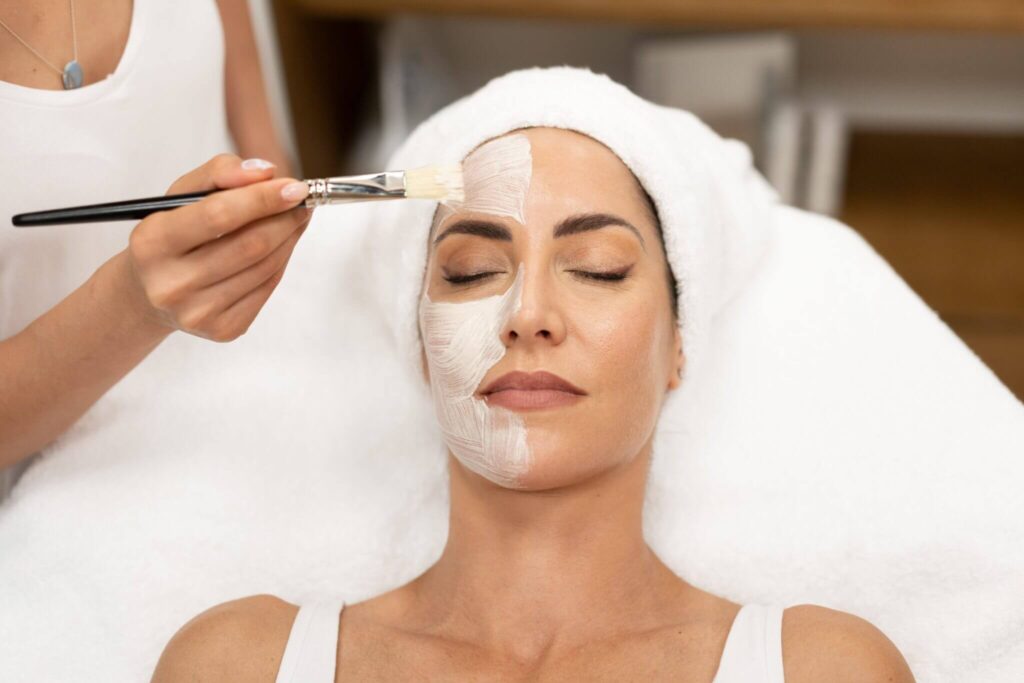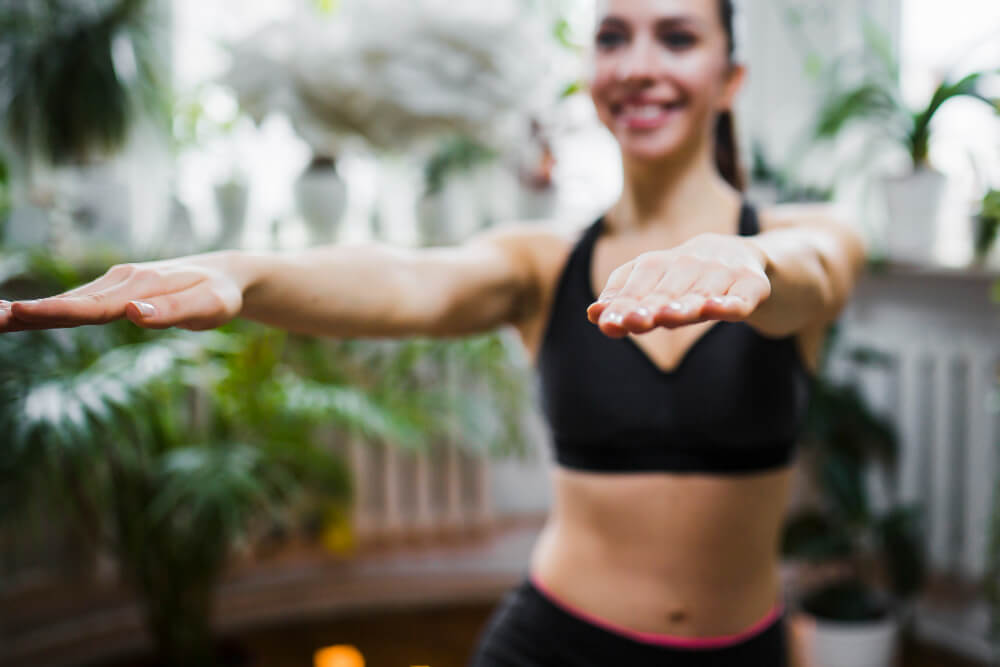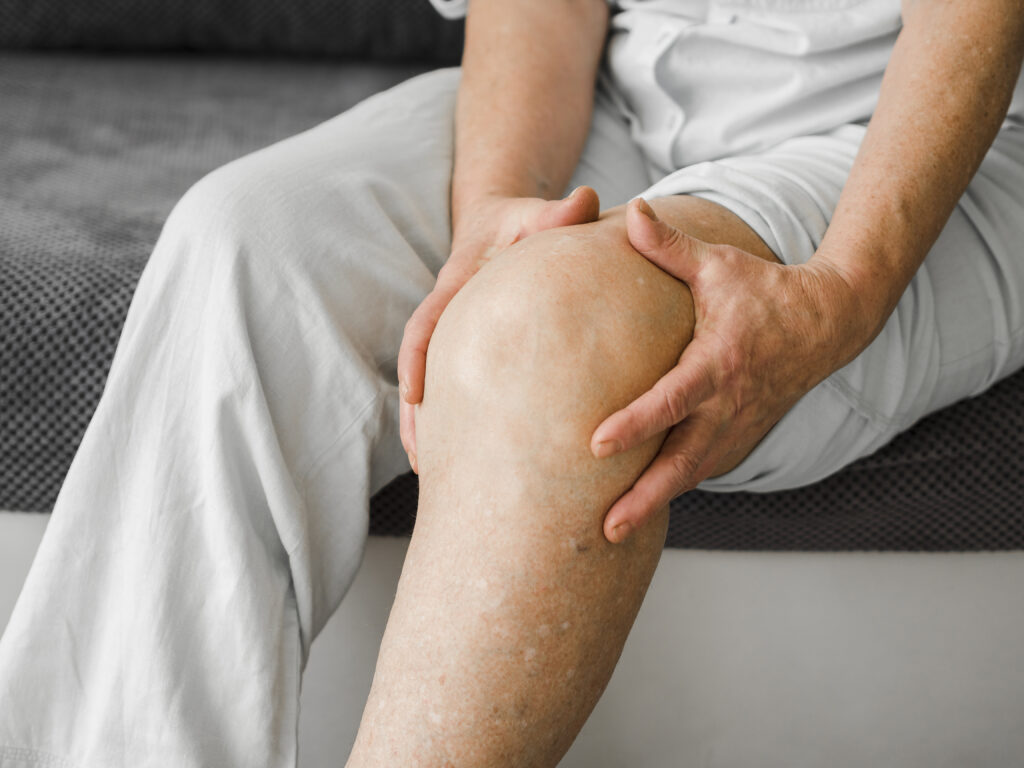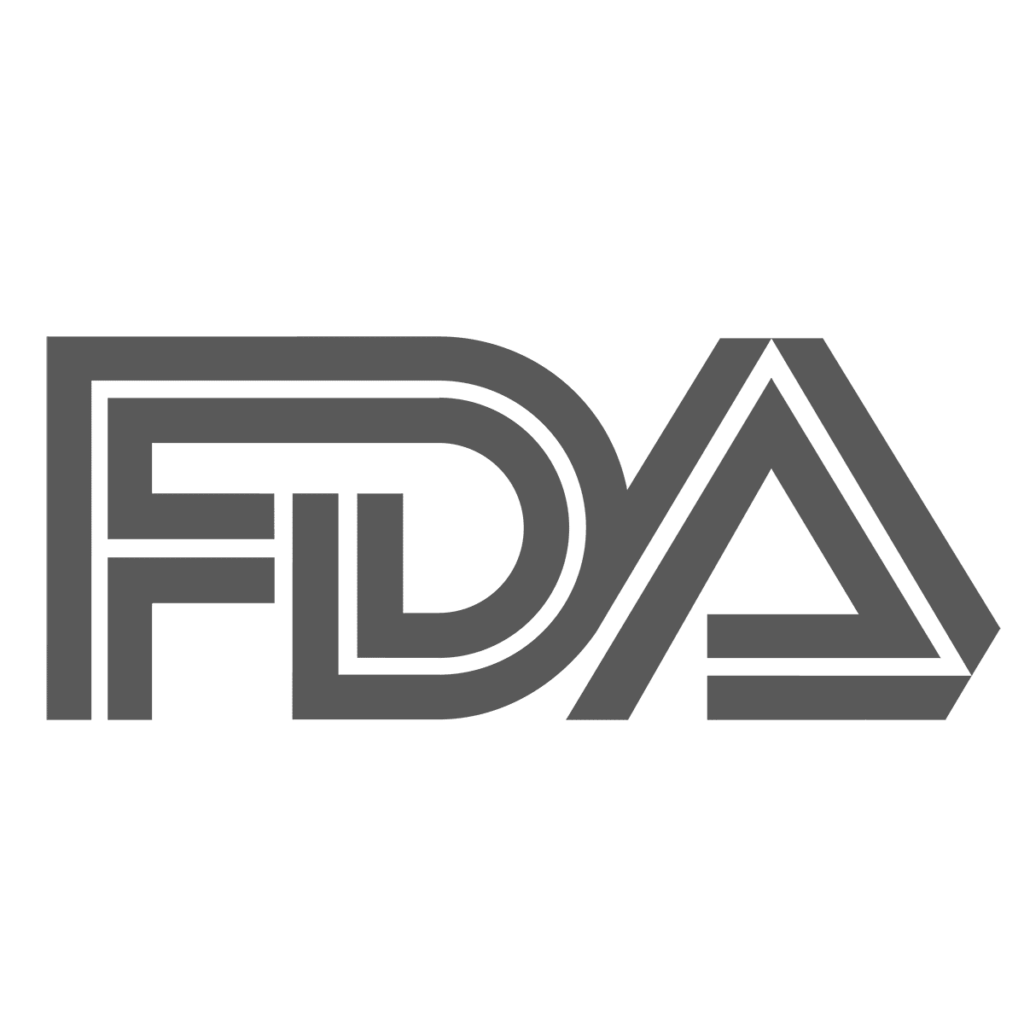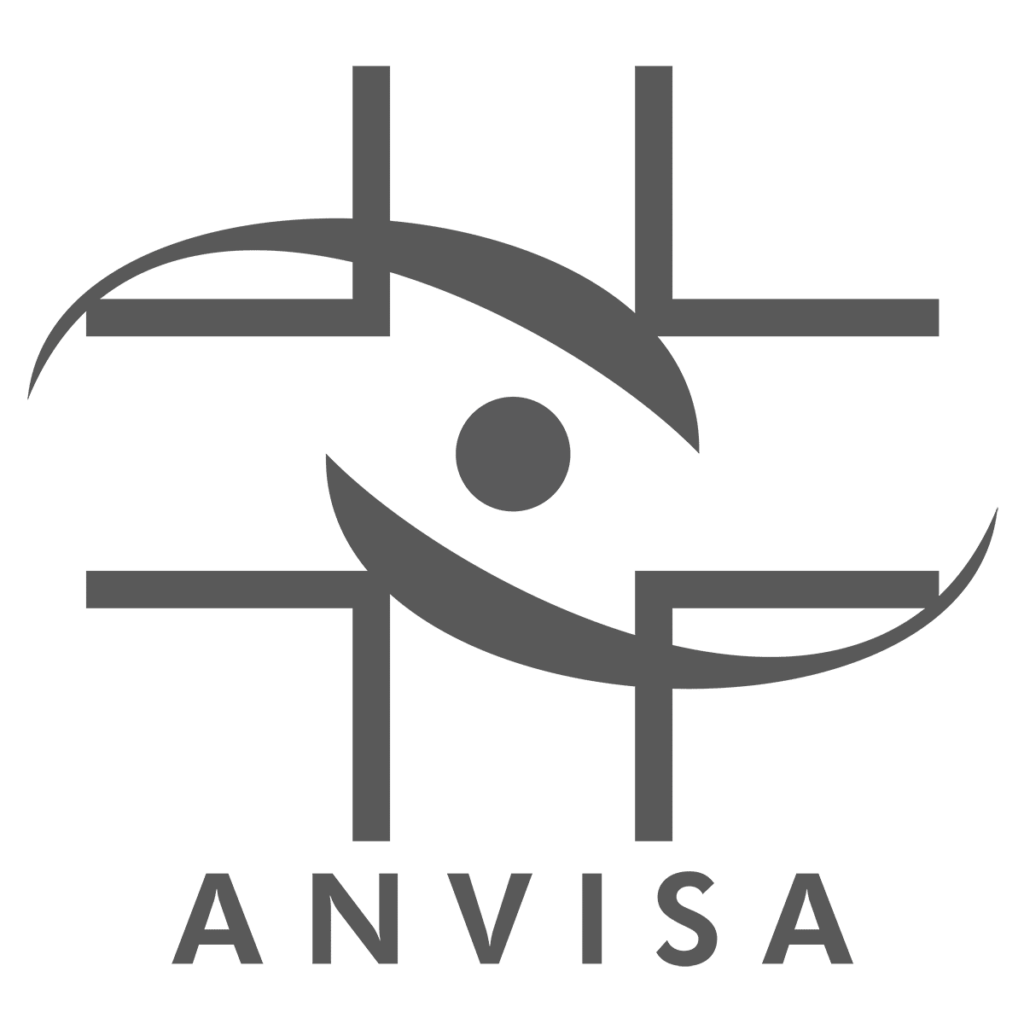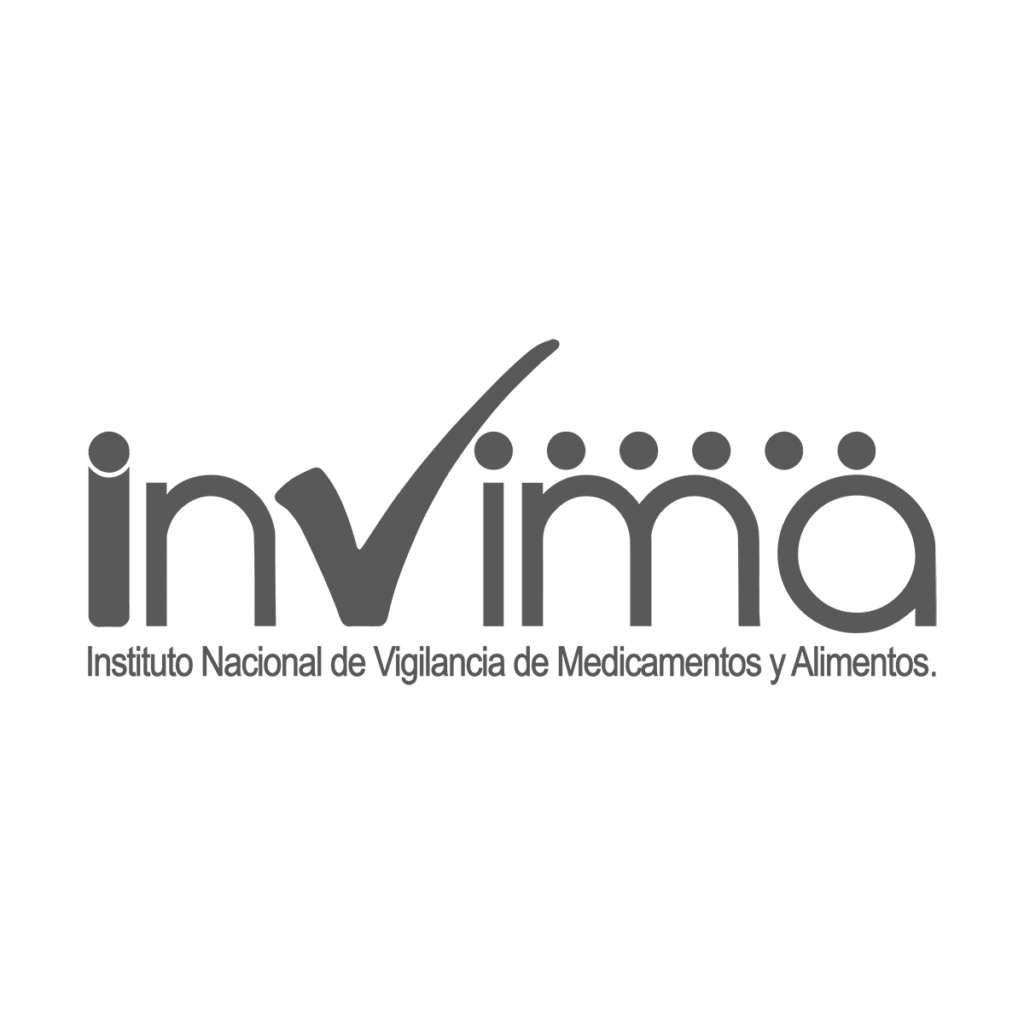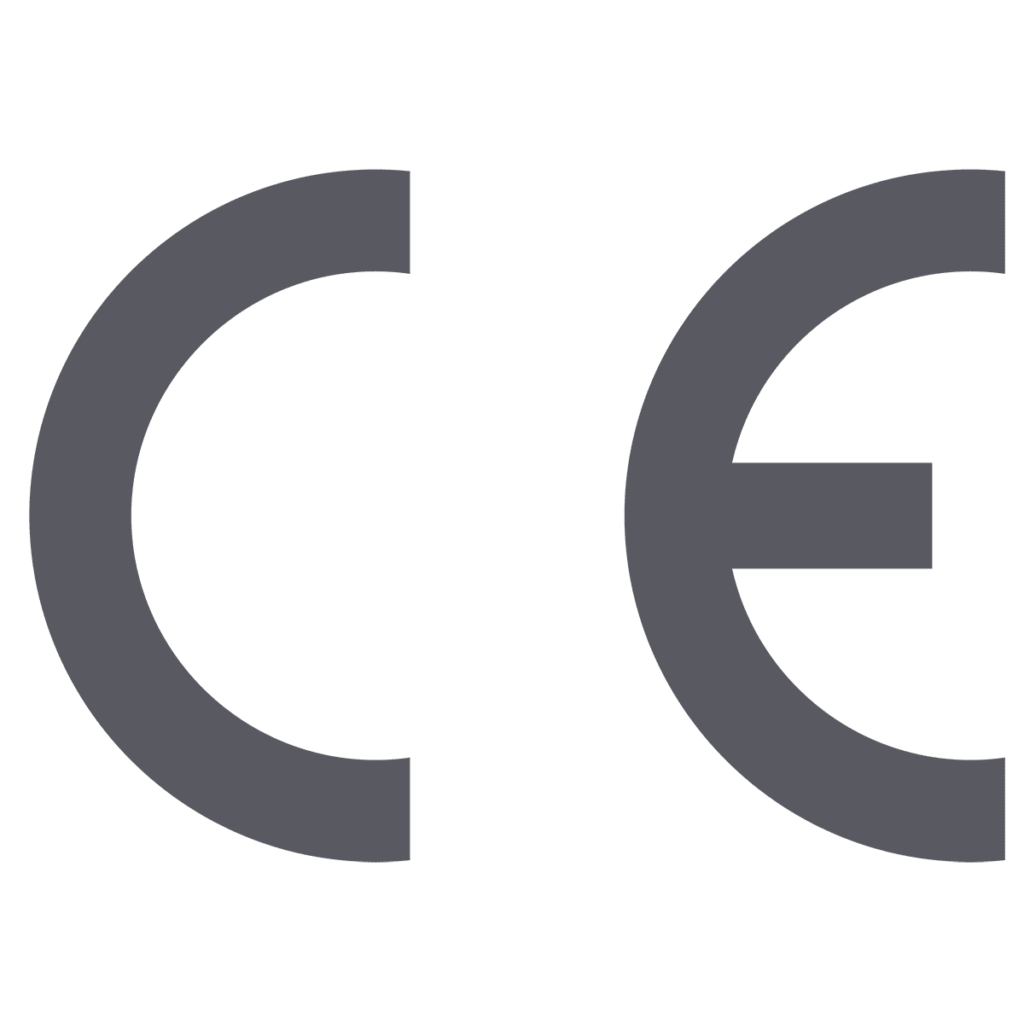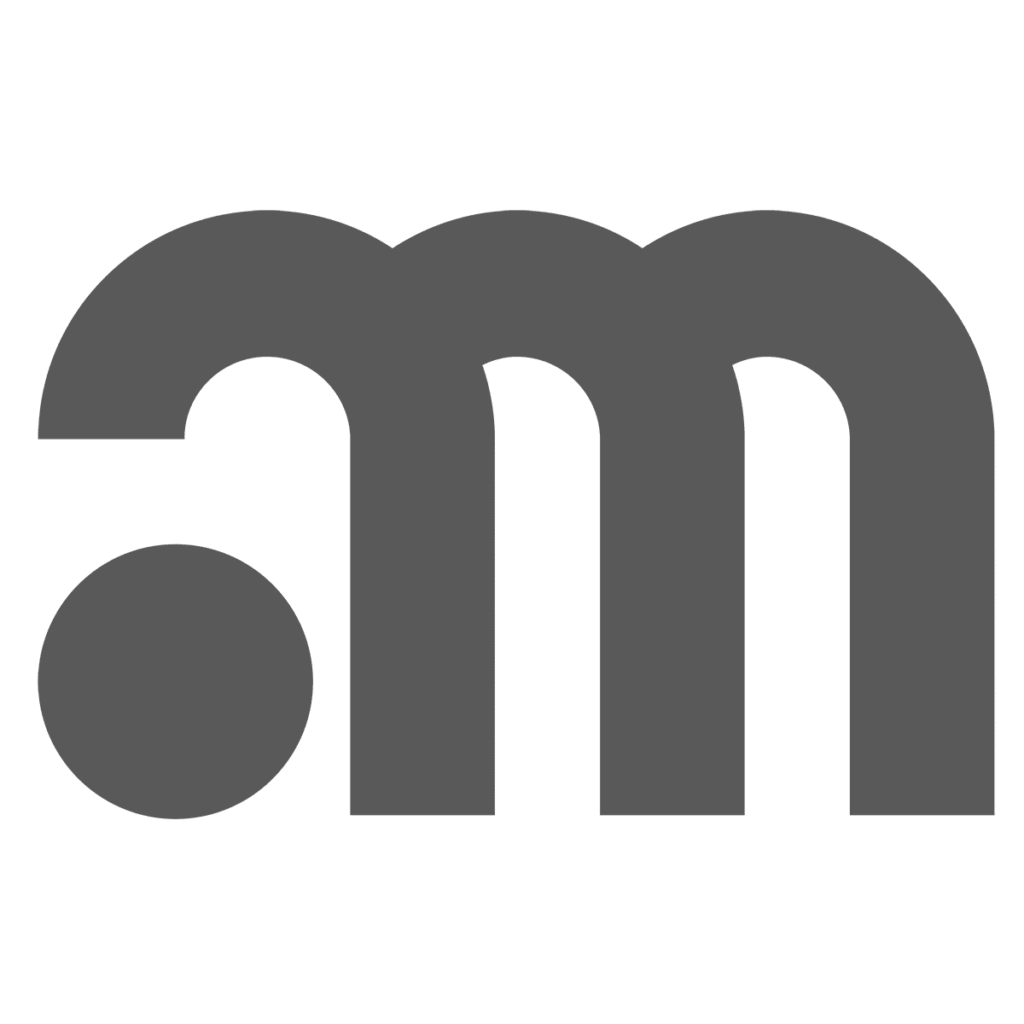Varicose veins are a medical condition that affects a considerable number of people around the world, and represent a health problem that goes beyond its superficial appearance. This vascular disorder, which is characterized by dilated and twisted veins, not only raises aesthetic concerns, but can also cause significant physical discomfort. From the feeling of heaviness in the legs to the risk of more serious complications, varicose veins can affect the quality of life of people who suffer from them.
Amid traditional approaches to addressing varicose, electrostimulation emerges as an innovative and effective solution. This method, which uses electrical impulses to stimulate muscles and improve blood circulation, has captured the attention of those seeking alternatives beyond conventional treatments. As technology advances, electrostimulation is positioned as a promising solution to relieve the symptoms of varicose veins and, in some cases, even reverse its effects.
In this blog, we will thoroughly explore the phenomenon of varicose, understanding its causes, symptoms and consequences. We will immerse ourselves in the fascinating world of electrostimulation, unraveling its fundamentals and examining how it can become a valuable ally in the fight against varicose veins.
Join us and also discover how Onnafit’s electrostimulation technology can offer practical and innovative solutions to address a health problem as widespread as eliminating varicose veins.
What are varicose veins and why are they a health problem?
Varicose veins are dilated, twisted veins that commonly develop in the legs and ankles. This phenomenon occurs when the one-way valves that normally direct blood flow to the heart do not function properly, causing a buildup of blood in the veins. This stagnation of blood puts pressure on the walls of the veins, causing them to dilate and become visible under the surface of the skin.
The causes of varicose are diverse and can include genetic factors, hormonal changes, pregnancy, obesity, and spending long periods of time standing or sitting. When these predisposing conditions combine, the likelihood of developing varicose veins increases.
What factors affect the appearance of varicose veins?
- Genetics: Genetic predisposition plays a crucial role in the appearance of varicose. If there is a family history of this condition, a person is more likely to develop it.
- Hormonal Changes: Hormonal changes, especially during pregnancy and menopause, can contribute to the weakening of venous walls.
- Sedentary Lifestyle: Prolonged standing or sitting can hinder the efficient return of blood to the heart, thus contributing to the development of varicose.
- Obesity: Excess weight puts additional pressure on the veins in the legs, increasing the risk of developing varicose.
Main symptoms of the appearance of varicose veins
Varicose veins can manifest with a variety of symptoms, the most common being:
- Pain or feeling of heaviness: People with varicose often experience pain in their legs, accompanied by a feeling of heaviness.
- Itching or burning: The skin around varicose may become irritable, causing itching or burning.
- Nocturnal cramps: Leg cramps, especially at night, are another common manifestation.
- Skin changes: Advanced varicose can lead to changes in skin color, venous ulcers and other skin problems.
Complications associated with varicose can be more serious, including the formation of blood clots, venous ulcers, and even bleeding in extreme cases. In addition to the physical impact, varicose can affect the self-esteem and quality of life of those who suffer from them. Thoroughly understanding these implications is crucial to addressing varicose veins comprehensively and seeking effective solutions, such as electrostimulation, which we will explore later in this blog.
What type of varicose veins exist?
There are many types of varicose veins classified according to their size, location and characteristics. Here we describe some of the most common types of varicose veins:
- Truncular or Saphenian varicose veins:
They are the largest varicose veins and affect the main veins called saphenous. They may be visible on the surface of the skin and are often associated with smaller varicose .
- Reticular veins:
They are smaller veins that are found below the surface of the skin, with a diameter larger than telangiectatic veins but smaller than truncal varicose. They often appear as thin, bluish lines.
- Telangiectasias or Spider Veins:
Also known as spider veins, they are small, dilated veins that appear near the surface of the skin. They have a spiderweb-like appearance or a branching of red or blue lines.
- Perforating or Communicating Varicose Veins:
They connect the superficial veins with the deep veins. Insufficiency of these valves can cause blood to accumulate in the superficial veins, contributing to the formation of varicose.
- Pelvic varicose veins:
They are found in the pelvic region and may be associated with problems with the pelvic veins. They are often associated with symptoms such as pelvic pain and may require a specific treatment approach.
- Secondary or Postphlebitic Varicose Veins:
They develop as a result of a previous deep vein thrombosis (DVT). They can occur after venous obstruction and affect the deep veins.
- Aesthetic Varicose Veins:
Although all varicose have an aesthetic component, the term “cosmetic varicose veins” is often used to refer to those that, although they do not cause significant discomfort, are treated for cosmetic reasons.
It is essential to keep in mind that the severity of varicose can vary, and their treatment can range from conservative measures, such as lifestyle changes and the use of compression stockings, to more invasive medical procedures, such as sclerotherapy, ablation laser and, in more advanced cases, surgery. The appropriate treatment will depend on the type and severity of the varicose veins, as well as the symptoms they present. It is recommended to consult a healthcare professional for a diagnosis and personalized treatment plan.
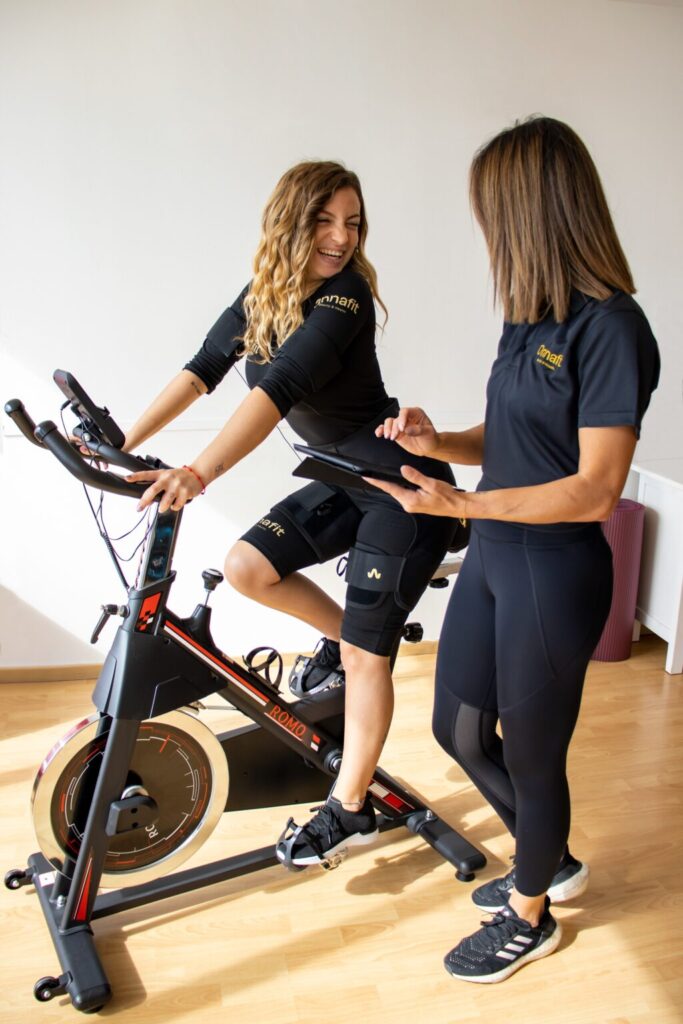
Electrostimulation to treat varicose veins
Electrostimulation It is a technique that uses low-intensity electrical currents to stimulate muscles and improve various physiological functions. In the context of the treatment of varicose, electrostimulation focuses on activating and strengthening the leg muscles, thus promoting better blood circulation and relieving the symptoms associated with the appearance of varicose veins.
“This electrical stimulation activates the muscles, leading to a significant improvement in blood flow”.
In an electrostimulation treatment session, the muscles experience electrical impulses that generate controlled and deep muscle contractions. This electrical stimulation activates the muscles, resulting in a significant improvement in blood flow. This process facilitates venous return and helps reduce pressure on the veins affected by varicose veins.
But electrostimulation is not only used to treat the visible symptoms of varicose, it also addresses the underlying cause by strengthening muscles, improving circulation and promoting a healthier venous system.
What benefits does electrostimulation provide?
The electrostimulation has countless advantages both physically and in terms of health in general, but, in this case, we are going to focus on the benefit of electrostimulation in relation to varicose veins:
- Improved Circulation: Electrostimulation promotes blood circulation by stimulating muscle contraction and relaxation, which facilitates venous return and reduces vascular congestion.
- Muscle Strengthening: By strengthening the leg muscles, electrostimulation contributes to a more efficient venous system, reducing pressure on the veins and preventing the formation of varicose veins.
- Reducing Feelings of Heaviness: Improved blood circulation and muscle strengthening help relieve the feeling of heaviness in the legs, one of the common symptoms associated with varicose veins.
- Prevention of Complications: By addressing the underlying cause of varicose veins, electrostimulation can help prevent more serious complications, such as the formation of blood clots and venous ulcers.
- Complement to Other Treatments: Electrostimulation can be used in a complementary way to other medical treatments, such as pressotherapy, offering a comprehensive perspective for the management of varicose veins.
How does Onnafit Electrostimulation work on Varicose Veins?
Onnafit electrostimulation is used to treat varicose veins in an effective, painless and safe way.
This system is based on improving blood circulation and strengthening the leg muscles. Its mechanism of action directly addresses the causes and symptoms of varicose veins, offering a non-invasive and effective alternative. In this article, we will explore in detail how this technique operates, backed by scientific studies confirming its effectiveness.
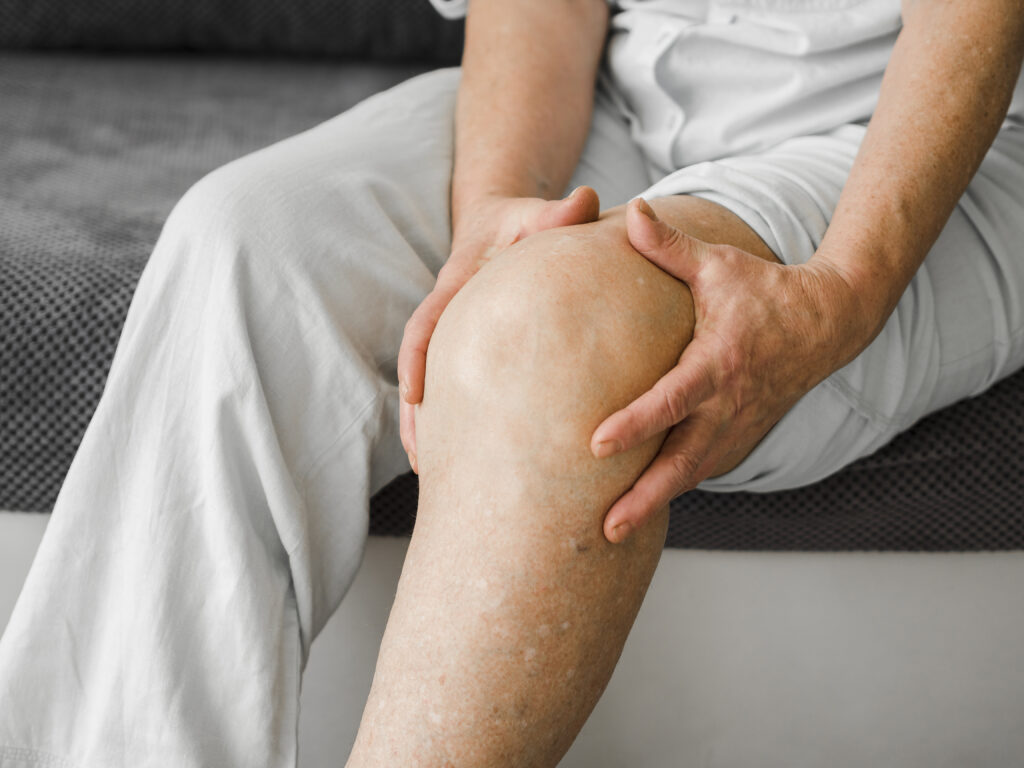
Benefits of using Onnafit to treat varicose veins
The electrical impulses of Onnafit electrostimulation effectively activates the leg muscles. This controlled stimulation induces muscle contractions that improve venous circulation by facilitating the efficient return of blood to the heart.
By activating the leg muscles, electrostimulation helps reduce venous congestion, reducing pressure on the veins and preventing the formation of varicose veins.
The repetition of muscle contractions strengthens the walls of the veins, improving their elasticity and resistance. This helps prevent excessive dilation of the veins and reduces the likelihood of varicose veins developing.
In addition, Onnafit electrostimulation facilitates blood flow by stimulating muscle action, preventing blood accumulation in certain areas and promoting more uniform circulation.
A compact system that does not take up space in your beauty center
- It is handsfree: The Onnafit EMS system is handsfree, that is, hands-free, which means that the technician can apply the treatment in a programmed manner, and without the need to constantly manipulate the client during the treatment.
- Wherever you want: Thanks to the fact that it is compact and wireless, you can apply the treatment anywhere.
- Transportable and Ergonomic: It does not take up space, so you can have it anywhere in your aesthetic clinic.
- It has all safety certifications: From the FDA, ANVISA, INVIMA, CE, or the Spanish Medicines Agency, Onnafit complies with all product and safety laws according to the latest MDR law.
Conclusion
In this in-depth exploration of the use of electrostimulation in the treatment of varicose veins, we have discovered an innovative and effective approach to addressing this vascular condition.
Recapitulating the benefits that electrostimulation brings to the care of varicose veins, it stands out for its ability to improve blood circulation, strengthen the muscles of the legs and relieve the symptoms associated with varicose veins. Electrostimulation is not only limited to treating the superficial effects of varicose veins, but also addresses the root of the problem by strengthening the vascular system.
We have seen how this technique can help reduce the feeling of heaviness in the legs, prevent more serious complications and improve the quality of life of those who suffer from varicose veins.
In summary, electrostimulation technology is a promising, non-invasive solution that, backed by scientific studies, can be customized to the individual needs of each client. By considering electrostimulation as part of a treatment plan, you open the door to a path toward improved vascular health and overall well-being.
